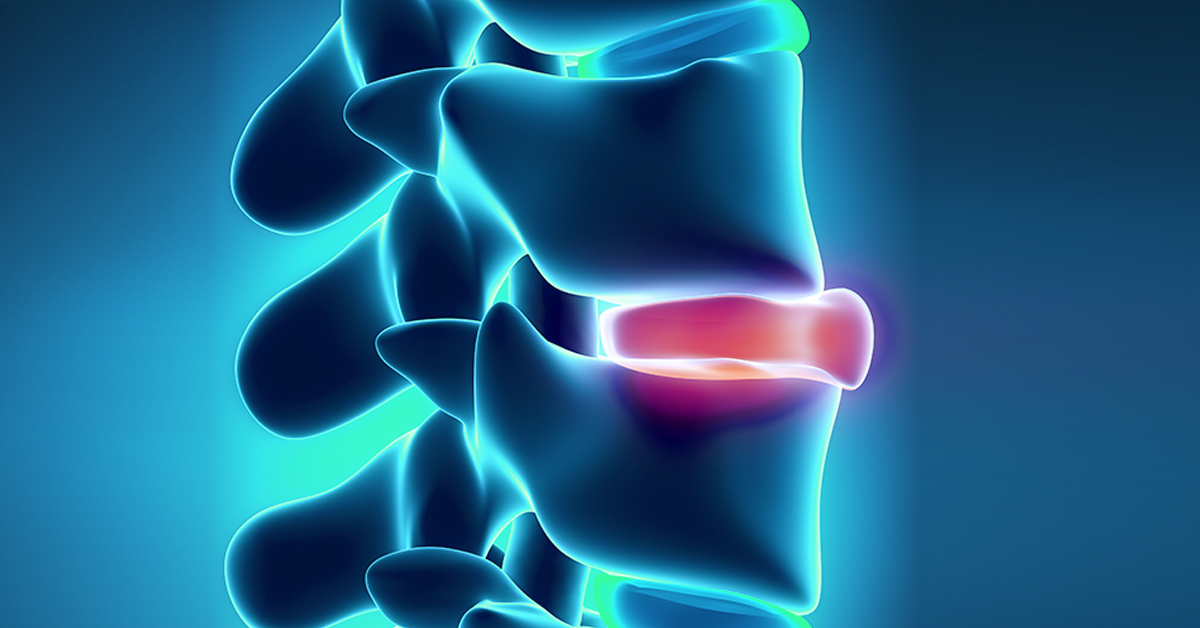Percutaneous cordotomy is used to treat incurable pain by preventing pain signals from reaching the nervous system.

What is Percutaneous Cordotomy?
Our bodies are constantly abuzz with skin, muscles, and organs sending sensory information to the spinal cord. This can be information about how something feels pleasant, but it can information signaling that something hurts. These pain signals can be overwhelming for those with conditions that cause severe and chronic pain. Percutaneous cordotomy is a procedure used to help manage chronic, intractable pain by removing small amounts of the neural tissue in the pain-conducting system of the spinal cord so that chronic pain signals can't reach the spinal cord.
Who needs Percutaneous Cordotomy?
This procedure is often used to help manage severe, chronic chest pain that is unilateral, or all on one side, and due to cancer. Percutaneous cordotomy helps manage the patient's pain by preventing the pain signals from the affected area from reaching the spinal cord, reducing the amount of pain felt by the patient. This has an added benefit of easing dependence on pain medication and other treatments for the severe pain.
What Are the Steps in a Percutaneous Cordotomy?
Before the Procedure
The patient should fast for 5 hours before the procedure. Local anesthesia will be given so the patient is comfortable but awake during the procedure. The patient's cooperation is important in determining the correct position of the lesion formed during the percutaneous cordotomy. Half an hour before the procedure, a contrast material is administered into the spinal cord or via lumbar puncture, if the patient's condition allows it. Measurements are then taken to determine the precise area where nerve tissue is to be removed. The patient is then placed on his or her back on a Computerized Tomography, or CT, table, with his or her head immobilized and spine kept straight. The CT table is used for image guidance during the procedure.
Insertion
Using the image guidance provided by the CT table, the cordotomy needle is inserted. The needle used is part of a specially designed radiofrequency system that uses specially designed needles and electrodes that can cause electrical stimulation or creation of lesions.
Stimulation
Electrical stimulation is used to determine the correct area to place the needle. The patient is continually monitored and asked how the stimulation felt. The surgeon uses the patient's feedback to determine precisely the correct area to perform the cordotomy.
Lesioning
Using the needle-electrode system, lesions are created to block the pathway pain signals use to reach the brain. During this process, motor functions are continuously tested.
After the Procedure
Because this procedure is minimally invasive, recovery time is usually not as long as it would be with a more traditional, or open, version of this procedure. After the procedure, the patient is at minimum kept overnight for observation. Morphine-type painkillers are often decreased, but the gradual reduction will be supervised by your doctor.


